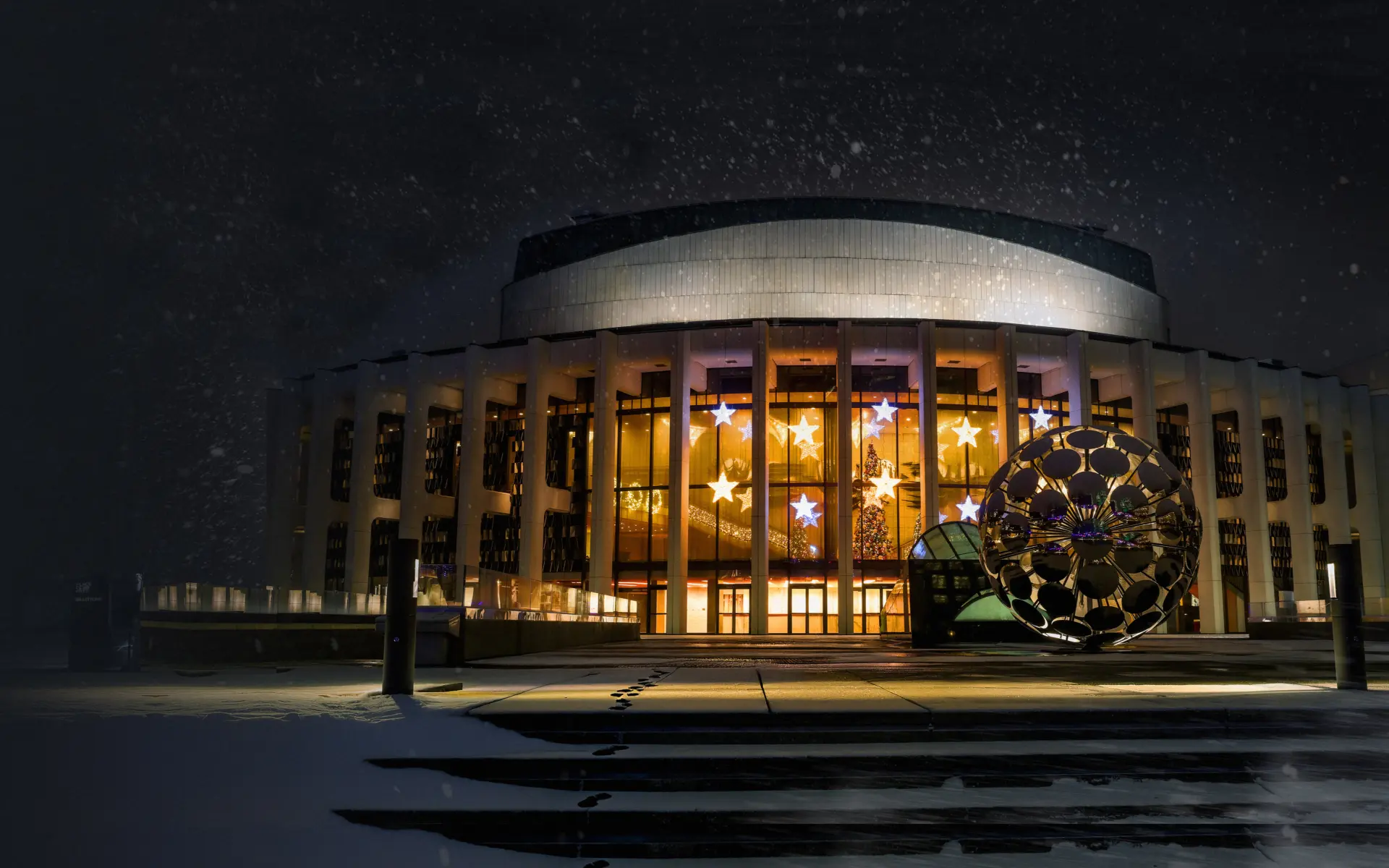Margie Gillis : dancing the essence of humanity for 50 years
After a career spanning 50 years, acclaimed Montreal performer and choreographer Margie Gillis is passing on her repertoire to a new generation as part of the major Legacy Project. A look at a life spent dancing in a spirit of “connection with human nature.”
“Margie Gillis is a true icon.” This is how Pierre Des Marais, Artistic and General Director of Danse Danse, spontaneously describes her. With her long, swirling blond hair, fluid body language, and magnetic presence, the performer of such legendary shows as Waltzing Matilda (1978), Bloom (1989) and Voyage (1997) holds a unique position on the contemporary dance landscape—in Quebec, Canada, and around the world. “She is also a performer known for her solo works, who can manage like no other to captivate an audience of 1,400 people in Théâtre Maisonneuve,” adds Pierre Des Marais.
“Throughout her life, she has drawn with panache from Anglo-Saxon literature and culture,” says former dance critic Stéphanie Brody, who frequently wrote about Gillis in the daily newspaper La Presse. “From James Joyce to Leonard Cohen to Tom Waits, she dances [authors’] texts and elevates them to the sublime. She has this blend of strength and vulnerability. Her solo piece on Molly Bloom’s inner dialogue was particularly representative of this. An unforgettable moment for anyone who attended the show.”
Dancing for the soul
She is described as “bewitching,” “wild,” and “at one with nature.” These qualifiers please her. She says that, throughout her life, she has tried to give substance to an introspective dance that is connected to the essence of the human soul, reaching out to the ancestral and the organic. “Humanity, our relationship to nature, and feminine consciousness are the main lines of my work. Through my dancing, I try to reach things very deep inside me, which also allows me to arrive at a truth about the environment that surrounds us. I seek to achieve a quality of gesture, to achieve a deep purity and vulnerability. This introspective attribute also connects me with profoundness and with the ancestral nature of everything around us: not just other human beings and the immediate environment, but also the wilderness, the forest, the earth.”
Dancing her era
Performing solo or as a choreographer of large group pieces, she has conjured up mountains and rivers using body language that was sometimes simple, but always refined and polished, to reveal something excitingly complex. This is on view again, in a new choreographic showcase and with new performers, in the show Literature of the Body, at Théâtre Maisonneuve in Place des Arts on February 9 and 10.
In the first half, old and new choreographies are combined, taking a compelling look at the reality of climate change. In the second part, excerpts from Bloom and other works immerse us in the world of James Joyce.
All of which is enough to confirm the renewed relevance of Margie Gillis’ repertoire, which focused on the climate emergency well before the subject became a widespread concern. A dance that is very much of our time, rooted in the Montreal dance scene for 50 years. “I am very proud to be a Quebec artist,” concludes this English-speaking artist in cheerful French. “I believe that my sensitivity to Anglo-Saxon texts and the French-speaking environment in which I have been immersed all my life in Montreal have really been fundamental to my work.”
Explore Danse Danse’s complete program at Place des Arts here.
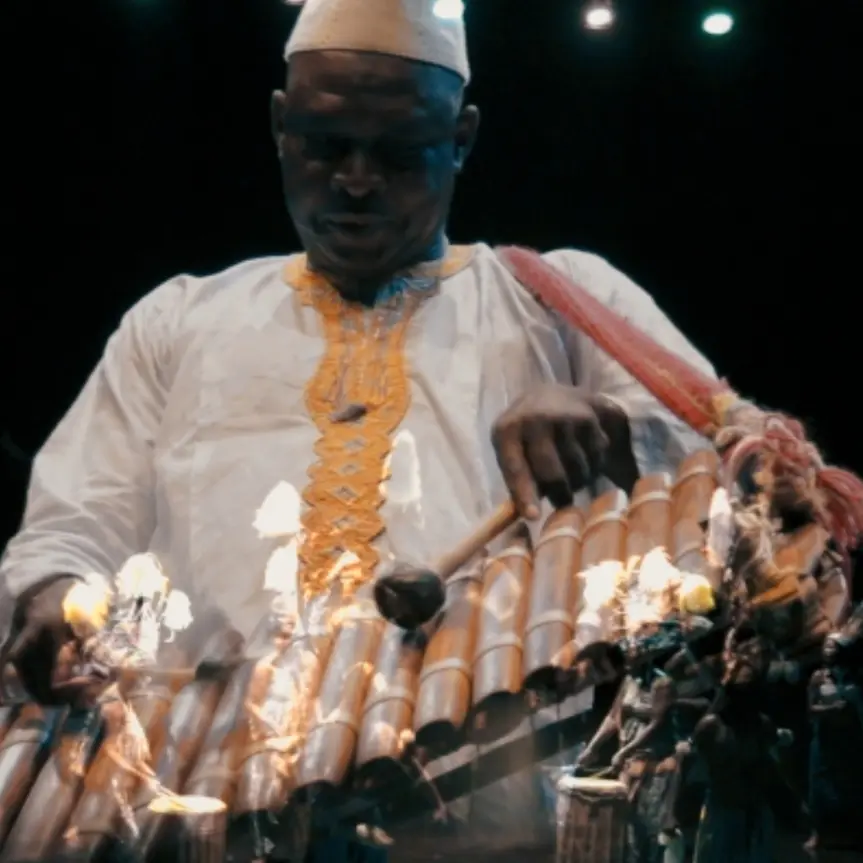
Les Ballets Africains: A Longtime Love Affair with Montreal
Les Ballets Africains is making a spectacular return to Montreal. Founded in 1952, the company come back with a performance presented as part of Arts Monde serie, in collaboration with Nuits d’Afrique, which is celebrating its 40th anniversary.
Article Interviews Show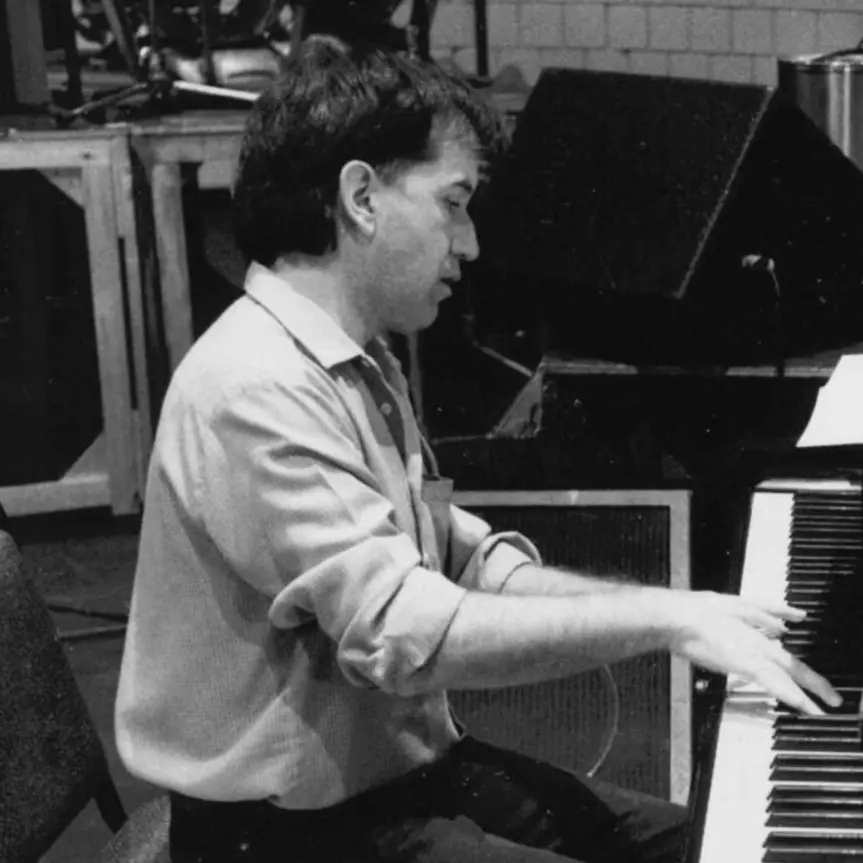
André Gagnon: A Tribute to the Visionary Behind “Neiges”
For the concert Neiges: The OM Celebrates André Gagnon, conductor Léa Moisan-Perrier and pianists Julie Lamontagne and Rousso relate how this luminary gave Quebec instrumental music a certain level of prestige.
Article Portraits Tribute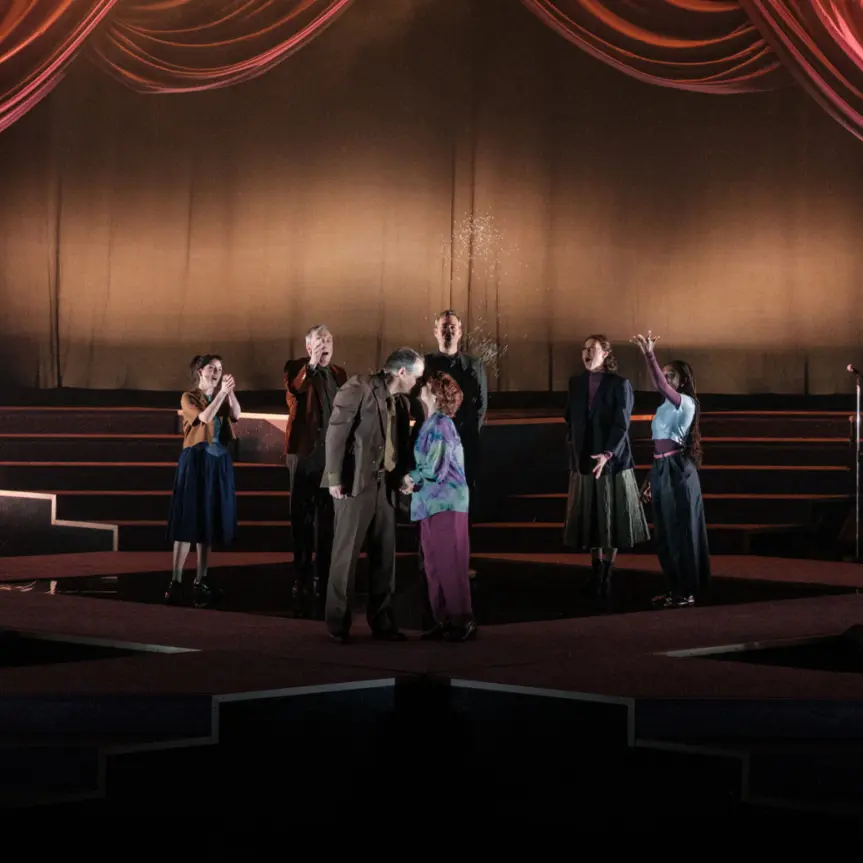
November at Place des Arts: Highly Anticipated Returns
November is shaping up to be a busy month at Place des Arts! Big names and must-see shows are back to set our stages ablaze. If you’re looking for an antidote to the seasonal blues, here it is a richly diverse program to bring you a ray of sunshine!
Article Recommendations Show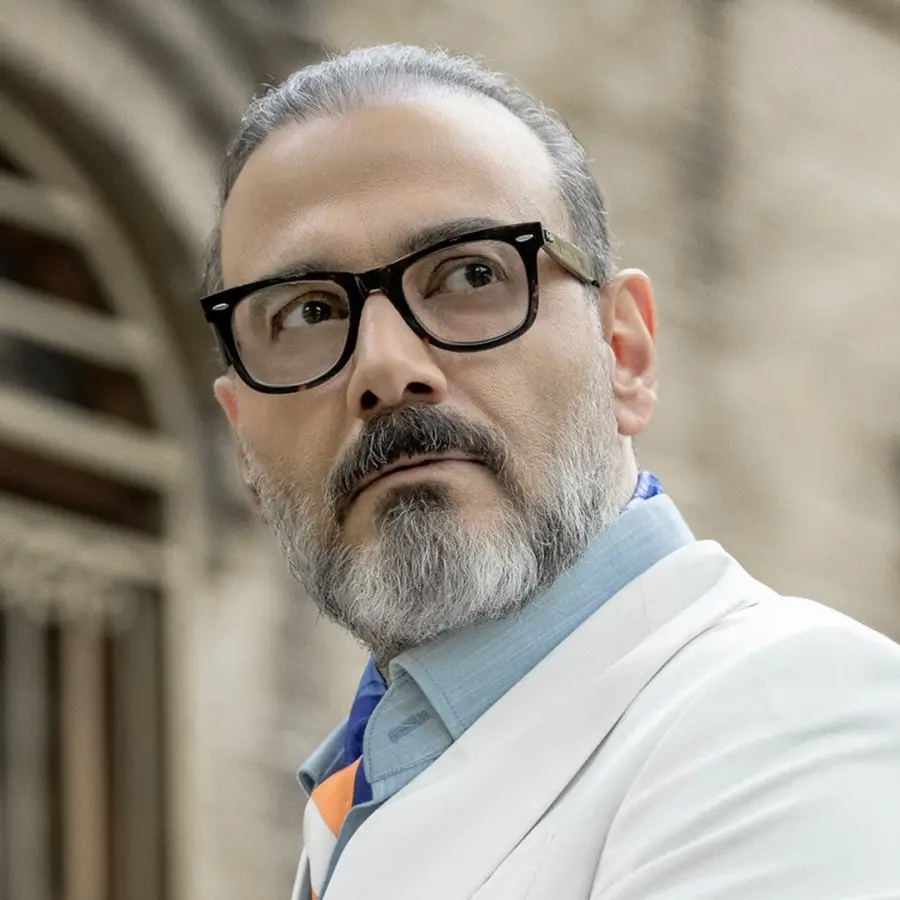
Alireza Ghorbani: one of Iranian music’s most well-known vocalists, in concert in Montreal
For one night only, Alireza Ghorbani will be stopping in Montreal on his latest concert tour, Iranam.
Article Portraits Artist
JOAT International Street Dance Festival: Rising Strong for Montréal’s Street Dance Culture
In addition to looking back over the past decade with Executive Director and Co-Artistic Director Handy Yacinthe, we are presenting some highlights of the 2025 edition of the JOAT International Street Dance Festival.
Article Recommendations Festival
